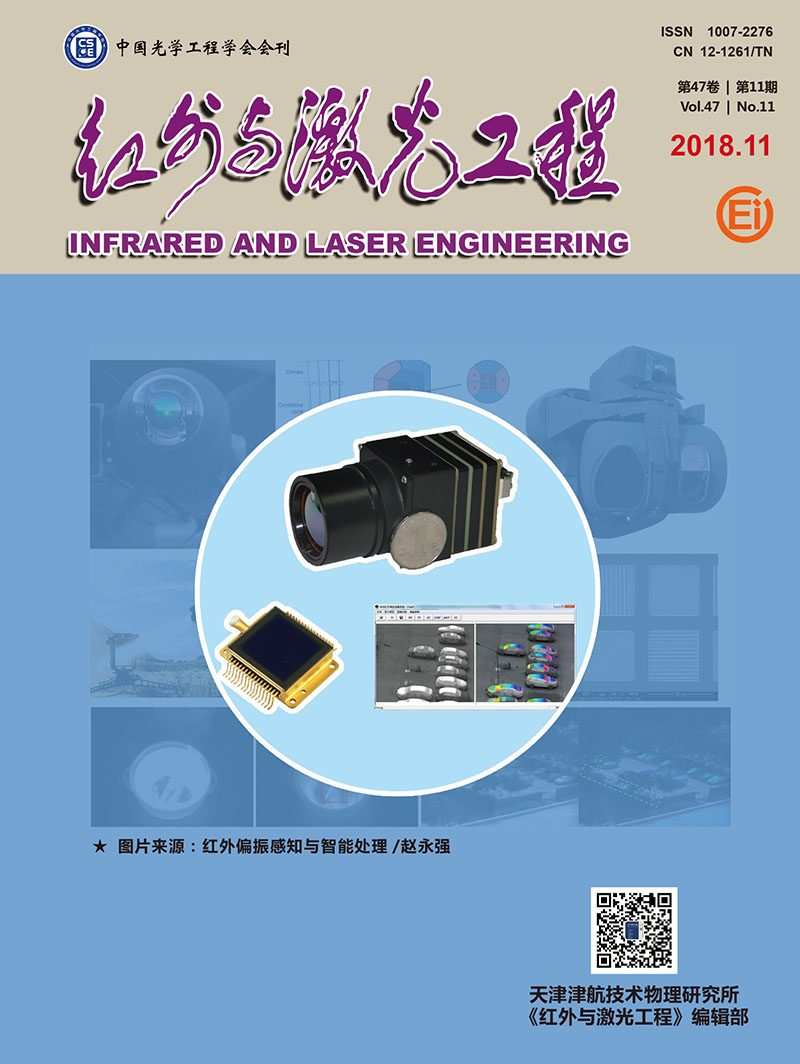|
[1]
|
Schutz B. E. Overview of ICESat mission[J]. Geophysical Research Letters, 2005, 32:L21S01. |
|
[2]
|
Brenner A C, DiMarzio J P, Zwally H J. Precision and accuracy of satellite radar and laser altimeter data over the continental ice sheets[J]. IEEE Transactions on Geoscience and Remote Sensing, 2007, 45(2):321-331. |
|
[3]
|
Li G Y, Tang X M, Gao X M, et al. ZY-3 Block adjustment supported by GLAS laser altimetry data[J]. The Photogrammetric Record, 2016, 31(153):88-107. |
|
[4]
|
Markus T, Neumann T, Martino A, et al. The ice, cloud, and land elevation satellite-2(ICESat-2):science requirements, concept, and implementation[J]. Remote Sensing of Environment, 2017, 190:260-273. |
|
[5]
|
Harding D J, Carabajal C C. ICESat waveform measurements of within-footprint topographic relief and vegetation vertical structure[J]. Geophysical Research Letters, 2005, 32(21):S10. |
|
[6]
|
Yadav G K. Simulation of ICESat/GLAS full-waveform over highly rugged terrain[D]. Netherlands Enschede:University of Twente, 2008. |
|
[7]
|
Magruder L, Silverberg E, Webb C, et al. In situ timing and pointing verification of the ICESat altimeter using a ground-based system[J]. Geophysical Research Letters, 2005, 32(21):365-370. |
|
[8]
|
Magruder L A, Webb C E, Urban T J, et al. ICESat altimetry data product verification at White Sands Space Harbor[J]. IEEE Transactions on Geoscience Remote Sensing, 2006, 45(1):147-155. |
|
[9]
|
Yue Chunyu, Xing Kun, Bao Yunfei, et al. A matching method of space-borne laser altimeter big footprint waveform and terrain based on cross cumulative residual entropy[J]. Acta Geodaetica et Cartograohica Sinica, 2017, 46(3):346-352. (in Chinese)岳春宇, 邢坤, 鲍云飞,等. 以交叉累积剩余熵为准则的星载激光测高仪大光斑波形数据与地形匹配法[J]. 测绘学报, 2017, 46(3):346-352. |
|
[10]
|
Tang Xinming, Xie Junfeng, Fu Xingke, et al. Laser altimeter on-orbit geometrical calibration and test[J]. Acta Geodaeticaet Cartographica Sinica, 2017, 46(6):714-723. (in Chinese)唐新明, 谢俊峰, 付兴科, 等. 资源三号02星激光测高仪在轨几何检校与试验验证[J]. 测绘学报, 2017, 46(6):714-723. |
|
[11]
|
Zwally H J, Schutz B E, Hancock D W. GLAS standard data products specification-Level 1/2 Version 8.0[R]. ICESat (GLAS) science processing software document series volume, 2005:11. |
|
[12]
|
Abshire J B, Sun X, Riris H, et al. Geoscience Laser Altimeter System (GLAS) on the ICESat Mission:On-orbit measurement performance[J]. Geophysical Research Letters, 2005, 32(21):S02. |
|
[13]
|
Neuenschwander A L, Urban T J, Gutierrez R, et al. Characterization of icesat/glas waveforms over terrestrial ecosystems:implications for vegetation mapping[J]. Journal of Geophysical Research Atmospheres, 2008, 113(G2):1032-1032. |









 DownLoad:
DownLoad: